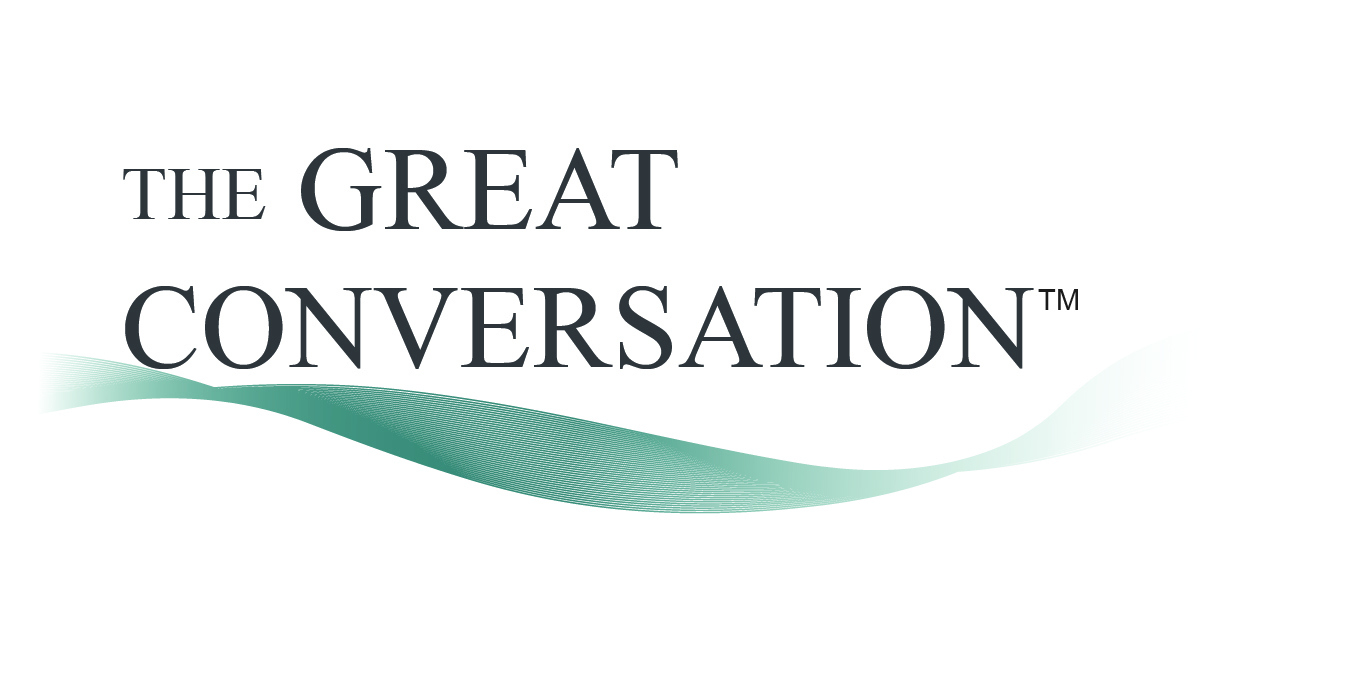In a recent survey of corporate executives and their employees, 97% believe a lack of alignment within a team directly impacts the outcome of a project or task. They directly attributed this impact to the bottom line of their organization. 86% believe a fundamental lack of collaboration or ineffective communication led to workplace failures.
This led me to ask the question, what is the risk, resilience, and security industry’s response to this?
This week we introduce three interviews that touch on various responses to this question.
Lynn Mattice, former CSO of three major U.S.-based global corporations in dramatically different business sectors took his lessons learned and his enormous reach into the public and private sectors, to launch his consulting practice, Mattice and Associates. We partnered with Lynn to launch the Executive Summit Series (ESS) in Washington D.C. during OSAC week two years ago. Lynn continues to steward this program today.
Lynn has been featured in our physical Congresses. He provided a review of the ESS forum including the penetrating insights from research foundations, senior White House advisors, and thought leaders that helped inform and infuse the February Great Conversation.
In this interview we discuss his insights into the fundamental toolbox of a CSO that helps to address alignment, collaboration and communication within the risk and security program.
As you all know, we have five learning tracks that we use to collect, categorize, and help you consume the information and learnings from these conversations. You will notice our conversation with Lynn Mattice falls into Leadership as well as Business Resilience leveraging the methodology many risk and security executives use called Enterprise Risk Management (ERM).
Within our industry, there also is a movement with our industry associations and leadership to take ERM and operationalize it for physical security executives. Enterprise Security Risk Management (ESRM) is the focus of our second interview with Tim Wenzel, Head of Global Security – Privacy Protection – for Facebook and Jonathon Harris, Director of Enterprise Solutions for Guidepost.
Tim has built a peer reviewed, industry leading IP Risk Management program at Facebook. Tim articulates his role like this: “Identifying “at risk” Intellectual Property around the globe and designing programs to track and manage that risk is my current challenge. My team designs global programs that mitigate security risk by educating the business and allowing them to make informed decisions about the risk they own.”
Jonathon has been a physical security manager and director, as well as a consulting manager with a leading access control vendor. He leveraged both in his most recent role, driving innovation across his consulting organization while building upon its proven model of outsourced services.
Both have been highlighted by ASIS in delivering valuable training and insights into the practical application of ESRM. They share their findings with us. You will find the core of WHO they are, relationship-centric, empathetic leaders, informs the WHAT and HOW of their ESRM application.
And finally, we turn to leadership in action. We engage William Marcisz, Executive Director of Security, Safety and Emergency Management at AdventHealth, an internationally renowned, hospital that specializes in life-saving medical treatments, preventative care, and pioneering research. Their healing network includes 26 hospitals and more than 100 extended service locations across the state of Florida. Their innovation center will be the location of our next physical congress on March 11-12.
William shares his discipline of vision and planning and how it has been leveraged to serve the goals of the hospital network as well as the risk mitigation needs of its stakeholders. For example, he was one of the first leaders to employ body cameras on his security officers.
Enjoy this week’s series. And remember, this conversation belongs to all of us. Let us know who you want at the table to create a conversation that just might change your world.


